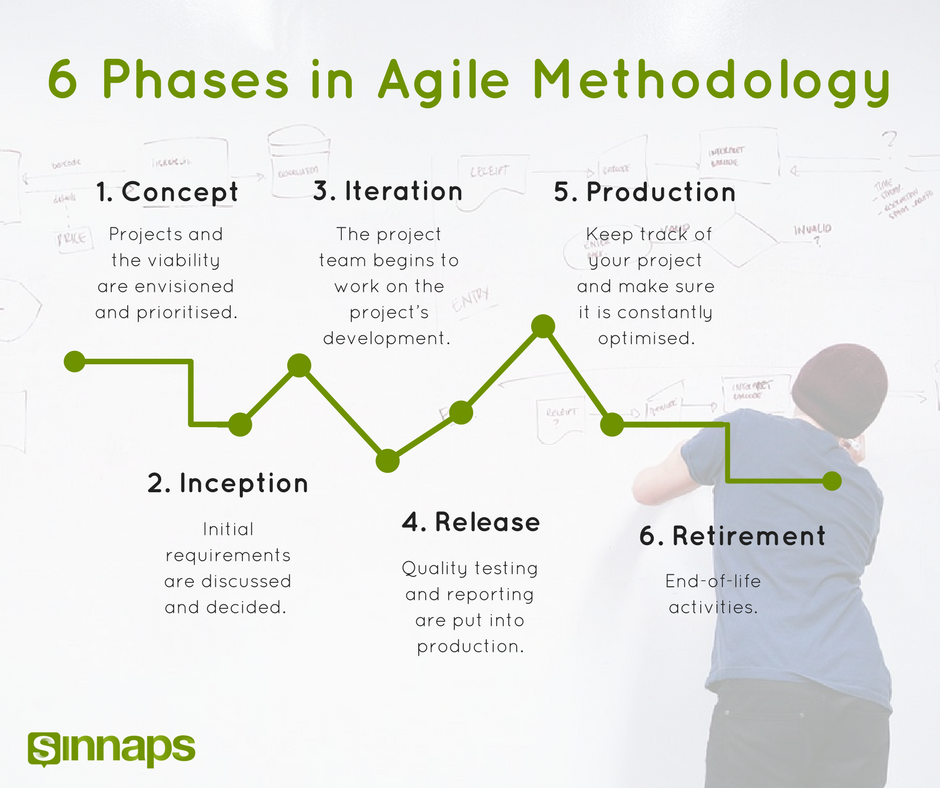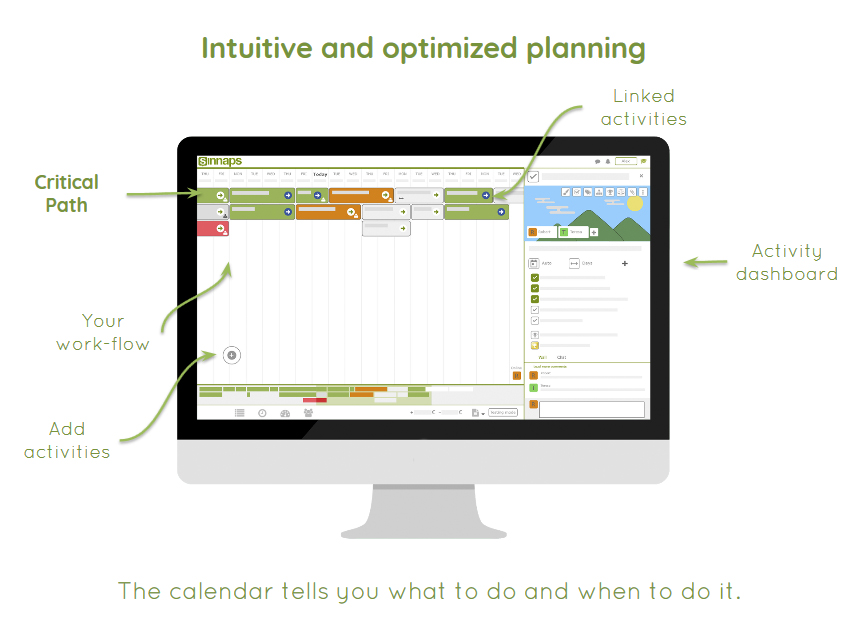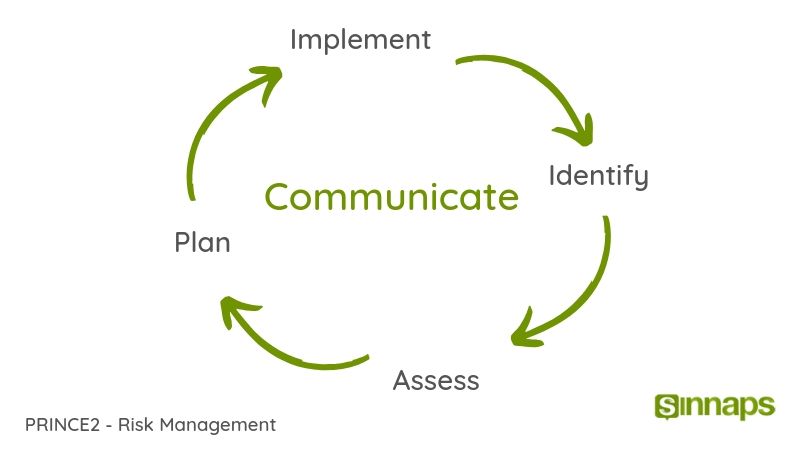The Agile risk management method is a more suitable approach to evaluating business and project related risks, in that it not only lets you evaluate risks based on its potentially negative outcomes, but also provides insight on opportunities that abound therein. Take a project risk analysis example say; if John, who sells ice-cream in a shop decides to buy a van, as against hiring more staff, in what ways will it help his business, as well as ways in which he may lose out?

Certainly, getting a van will solve the problem of mobility, but from actuarial risk management, more staff would also mean a decrease in the time required to serve customers, leading to increased satisfaction. This is where Agile risk management comes in, and luckily, all the Agile risk management methods and strategies you need have been built into Sinnaps online project management software, an online platform for business leaders and project managers alike.
Project success rates, if anything has continued to show minimal growth, with only marginal improvement in results. A careful comparison between project expectations and its outcome will show a tremendous misalignment between the two.
But the marginal improvement as witnessed, however how little, have certainly been brought about in a way: To properly manage the complexities of everyday projects, businesses must find ways to identify uncertainties and quantify them, with a view to properly managing them.
Índice
Agile Risk Management
Agile risk management shows us how certain factors can have tremendous impact on the success or failure of a project, and the Agile approach/ scrum risk management method seems to have most of these in check with its very well-defined processes of Scrum workflow including Agile meetings, sprint planning, building user stories, backlog review process, prioritization as well as iteration.

Here, you can find how to create a risk management plan using the Critical Path Methodology.

Besides, here, you will find types of business risk, external business risks and the different business risk categories.
Although this has shown higher success rates than other traditional methods, it is well worth knowing that other factors extrinsic to the agile management team may also pose as potential risk factors. Thus, Agile methodology phase tends to try to control risk by adopting and implementing certain processes; risk identification, quantifying risks, agile planning responses/analysing reviews and implementation according to PRINCE2 risk management.
Change Management Risks
Most businesses have sought to avoid risks at all cost, and in so doing, they have shut themselves out of the potential positive side, as risk cannot be said to be essentially negative. Let’s consider the steps to implement change management risk analysis.
- Identify Risks – In change management risks assessment, this may be a brainstorming session where teams think about what could have led to the situation in the first place. It is advisable that teams not only think about factors intrinsic to the project, as there also lies scenarios where the risk may be external to the project team. An example may be well seen in hedging risk management, which takes into account changes in market prices or resistance from stakeholders and the likes.
- Quantify the Risks – Different risks affect a project in different ways. Thus, a good option has always remained to assess the probability of the risk occurring as well as the impact its occurrence would bring. Then, the risks can be compared using probability on a scale of 1 to 5, and quantified by multiplying the values gotten to produce a risk factor in the range of 1 to 25 using the expression: Risk = risk impact x probability of occurrence.
- Adopting and implementing a Threshold – With change management risks assessment, it is often advisable to determine what your projects tolerance for risk is. For those who do not have an idea where to begin, a good place would be at the centre of your risk scale. After setting your risk threshold, the next step will be to compare your obtained results against it, this will shed more light on how to proceed. If a greater number exceeds your set threshold, then more considerations and subsequent adjustments to your plan should be in order.
- Planning a Response – This is where you think about steps to take in order to lessen the impact of the risk or eliminate it completely. This includes agile sofware that will be used to remedy any unwanted outcome. Think about how your team will respond in the event that the risk is on a high side. Will they find a way to work around it, or will it require a rethink of the entire project endeavour?
- Implement Your Strategy and Monitor – Sinnaps offers certain very relevant tools that come in handy when it comes to monitoring a project: Easy-to-use Gantt charts, status reports and dashboards all goes to help you create a risk log that will provide complete information at a glance on all potential risk factors as well as their current status.
Create Simulations in Test Mode with Sinnaps and Manage your Project Risks:
PRINCE2 Risk Management
Risks are capable of jeopardize the chances of a project endeavour to reach its set objectives, little wonder why it is such an important document. The PRINCE2 risk management system offers extensive information on project risk management techniques and clearly describes the processes of managing business and project needs. From risk identification to analysis, response planning and the likes, PRINCE2 risk management provides insight on all the processes, procedures and techniques that may be applied.

The best way to properly manage risk is to be open minded in anticipating its occurrence, as well as well as be a good communicator when it comes to initiating a change management risk procedure.
5 LESSONS TO TRAIN YOU TO BE A PROJECT MANAGER
Lesson 3. Work realistically: how to go from ideal to realistic planning

As a business or project manager, you must embrace Agile risk management methods and tools such as Sinnaps, Asana, Hootsuite and the likes that make it easy to foster positive values on your team in such a way that change not only seems as a negative event, but as a catalyst that brings out the best in every team member.

